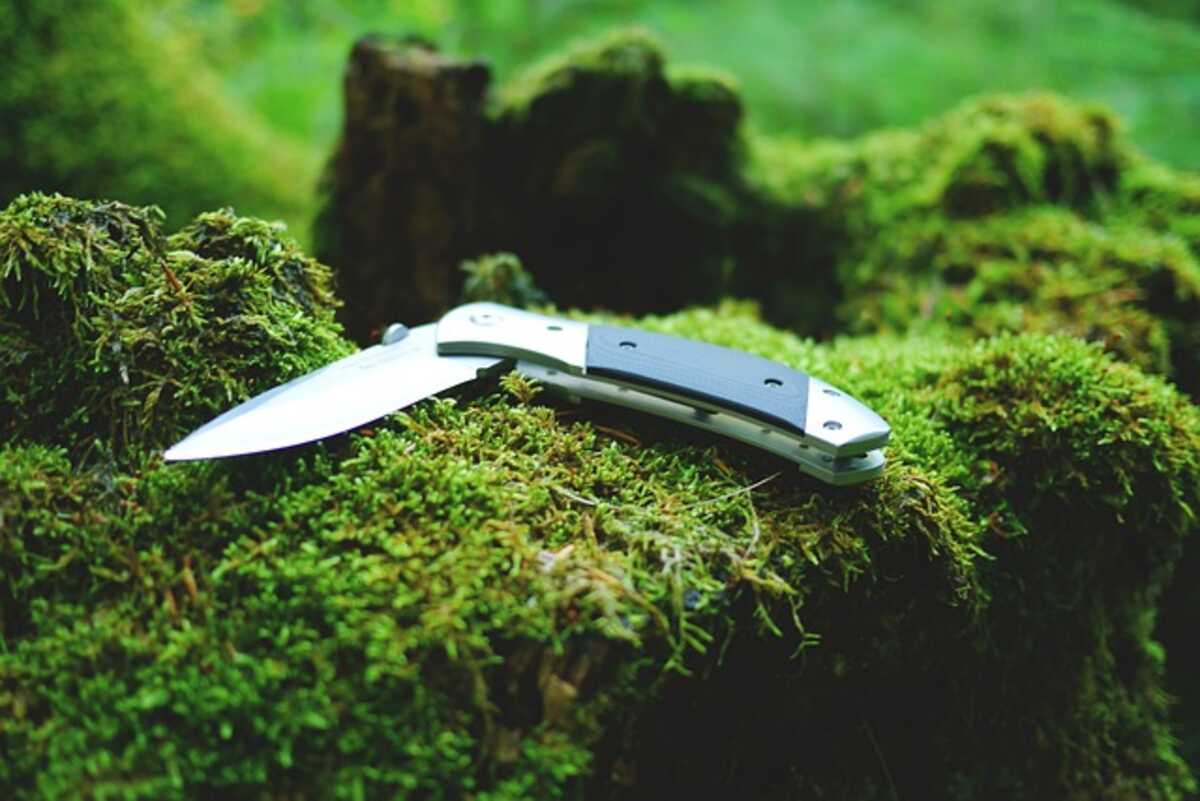

Franck Souville is an expert at crafting knife handles out of unconventional materials like wild boar tusks, deer antlers, and even parts from frozen mammoths. The actual Interesting Info about knife designers.
He emphasizes crafting knives that are slim and lightweight for ease of handling and transportability.
Knife designs should feature smooth and flowing lines for an engaging aesthetic experience, often achieved through different arcs in both blade and handle design. Curved blades convey movement, while straight-lined ones speak volumes about strength. Patterns and textures also influence this dynamic rhythm.
Kelly draws his inspiration from all the fantastic knife makers out there who take time and care in creating blades with clean lines, superior fit, finish, and form. Studying other maker’s designs helps him improve his own, particularly with regard to knife handles.
Mockups of knife designs, especially fixed-blade knives, are essential in order to iron out any flaws and ensure your design will work in practice. Many knife makers opt for wooden or cardboard prototypes as these materials are more accessible and less expensive to work with than natural materials; making mockups also allows you to experiment with different shapes prior to moving on to grinding steel.
Designing a knife involves following its natural lines without altering its flow in any way; this is one of the critical lessons new knife makers should remember and can help them develop their distinct styles over time.
Beginners in knife making should experiment with different blade shapes and sizes when beginning, but it is also essential they focus on design basics such as form and function – this will ensure their knives meet quality standards that attract their target market.
While most knifemakers focus on designing their blades, others also collaborate with major producers to craft high-quality knives that stand out. Working alongside significant producers can provide an incredible opportunity to hone skills while building relationships in the industry; however, in order to be successful at it all, knifemakers need an in-depth knowledge of business concepts and industry nuances, for instance, when using expensive steel materials can become prohibitively costly for small-scale producers.
Knife designers frequently create mockups of their designs before proceeding with actual knife creation, which helps identify any issues with the design and make necessary corrections. Mockups can be created from various materials like wood, paper, and cardboard, while some designers even utilize their CAD program for mockups.
One method of creating a knife mockup involves cutting a silhouette of its blade shape onto paper using either a CAD program or a template provided by a manufacturer. After cutting out, this mockup can then be placed on the stock metal and traced over with a marker pen.
ABS master Smith Jason Knight designs knives not only for himself but also for other manufacturers. His inspiration comes from ancient knife-making techniques; he favors long and subtle curves when creating designs. Knight advises studying different knife designs to learn what features work or don’t when creating his designs; in addition, when considering functionality, he believes how his creation will be used when developing it.
As part of the design process, when creating a knife, it is vitally important to conduct thorough testing and evaluation of its designs. This will enable you to establish which parts are most effective while others require improvement; some testing methods include dropping it on concrete to see if it breaks, while more intricate methods may involve testing its ability to cut or pierce wood.
Experience has taught us to try the knife with other people to gain their perspectives and ideas on its design – something constructive if designing custom blades. Additionally, attending knife shows and conferences to network with fellow professionals in your industry is highly beneficial.
Although many knifemakers do not conduct formal tests of their blades, testing should be considered. Engineering techniques for evaluating blades and predicting failure modes are widely employed and require logic, calculation, and instrumentation – even simple tests need special equipment and careful analysis; engineers often receive extensive training prior to being assigned projects such as the Bhopal gas tragedy, Chornobyl meltdown or Fukushima nuclear plant disaster or NASA Challenger and Columbia space missions.
As an experienced knifemaker or someone just beginning, studying existing designs can be an excellent way to sharpen your craft. Many of the top makers have their distinct style, which helps them craft truly original blades.
Utilizing different materials, like wood and cardboard, to test and evaluate your designs before proceeding to grind them in steel can be extremely helpful in giving you a clear idea of what to expect from the end product and avoiding costly errors before beginning production.
A well-designed knife provides an engaging visual experience for its user. To accomplish this goal, look for blade shapes that complement both the handle shape and the rhythm of motion of its user. Curved blades may create fluid motion, while angular designs convey strength and power. Texture and patterns also play an integral part in this rhythm; texture often unifies materials and styles into one cohesive design that creates rhythmic movement across its blade surface.
Read Also: Keep your boat safe and ready with a quality boat lift
As the temperature rises and humidity increases, your skin undergoes several changes. The summer heat…
As artificial intelligence (AI) continues to evolve at a rapid pace, it is transforming the…
Welcome to the exhilarating world of QQDewa Gaming, where esports isn't just a game, but…
Internet Protocol Television (IPTV) has transformed how we consume media. Particularly in France, IPTV platforms…
Understanding the concept of medical tattoos is essential before delving into Katherine McCann's groundbreaking work.…
The allure of winning the lottery is universal, captivating the imaginations of individuals across the…
This website uses cookies.